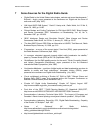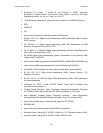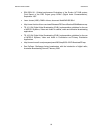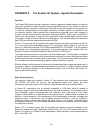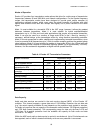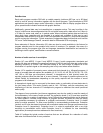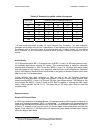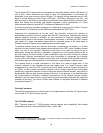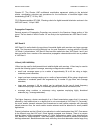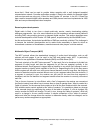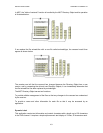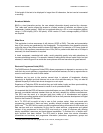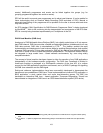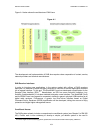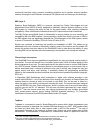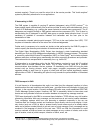DIGITAL RADIO GUIDE APPENDIX A: EUREKA 147
99
Chester 97, ”The Chester 1997 multilateral coordination agreement relating to the technical
criteria, coordinating principles and procedures for the introduction of terrestrial digital video
broadcasting (DVB T),” 25 July 1997;
ITU R Recommendation BT.1368, “Planning criteria for digital terrestrial television services in the
VHF/UHF bands,” 14 April 1998.
Propagation Properties
General aspects of Propagation Properties are covered in the Spectrum Usage section of this
report. The two bands in which Eureka 147 are likely to be implemented are VHF Band III and L
Band.
VHF Band III
VHF Band III is well suited to the provision of terrestrial digital radio services over large coverage
areas. The frequencies are still sufficiently low for good reception in moving vehicles of Eureka
147 Mode 1 transmissions. VHF Band III has less man made noise than VHF Bands I and II and
does not suffer from a number of the anomalous propagation characteristics which are a problem
in VHF Band I.
L-Band (1452-1492 MHz)
L-Band can be used for both terrestrial and satellite digital radio services. L Band may be used to
provide the following types of coverage, assuming average terrain conditions:
• small local coverage areas up to a radius of approximately 35 to 40 km using a single,
moderate power transmitter;
• larger local area coverage ranging up to a radius of approximately 60 km using a single main
transmitter of moderate power and augmented by a number of gap fillers and coverage
extenders;
• large area coverage (> 60 km radius) can be achieved by the use of single frequency
networks employing a number of moderately spaced synchronized transmitters; and
• coverage along corridors or motorways using repeaters employing highly directional
antennas (e.g., coverage extenders).
The higher frequency, shorter wavelength of an L Band transmission means that it is severely
affected by local obstructions to a degree that is not encountered at VHF Band III. Conversely,
the much smaller transmit antennas lend themselves to small cellular networks with discretely
placed antennas. Also, the much smaller receive antenna would be attractive for small portable
applications.
Present indications are that L Band is less attractive to radio broadcasters than VHF. One reason
is the different ways that VHF and L Band signals propagate over distance. There is a concern
that the higher building penetration losses of L Band transmissions make it less attractive than
VHF Band III for indoor reception. There have been a number of studies to assess how different
buildings attenuate L Band transmissions and, while they show that attenuation can be large, they



